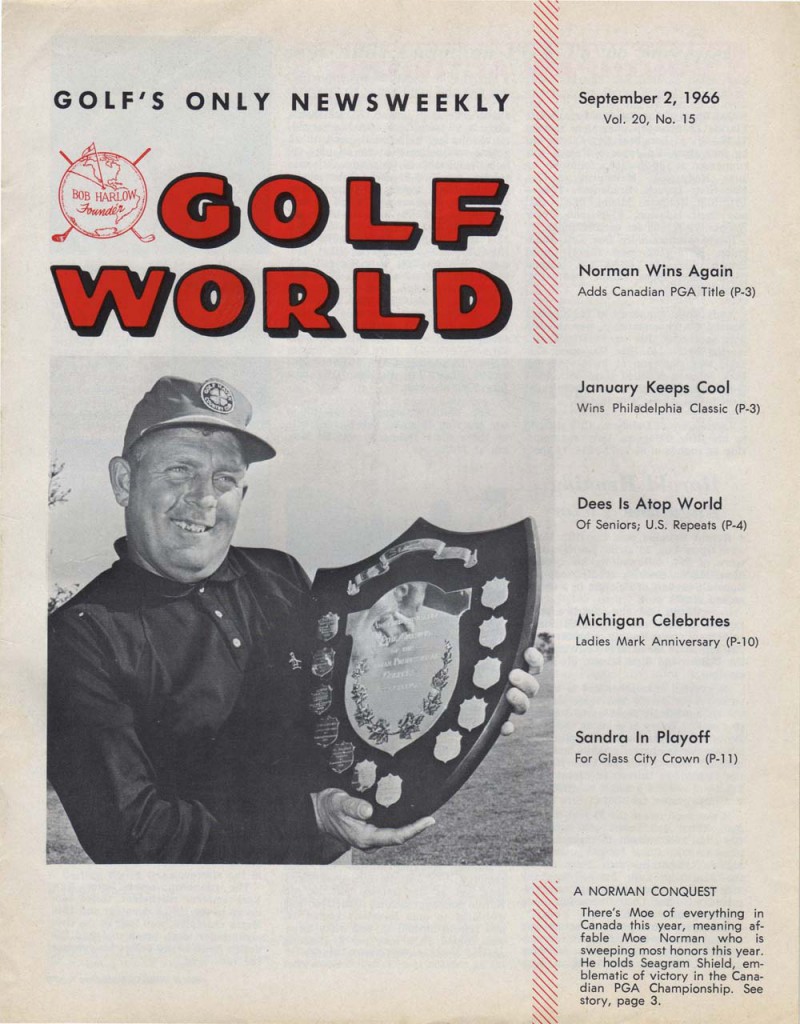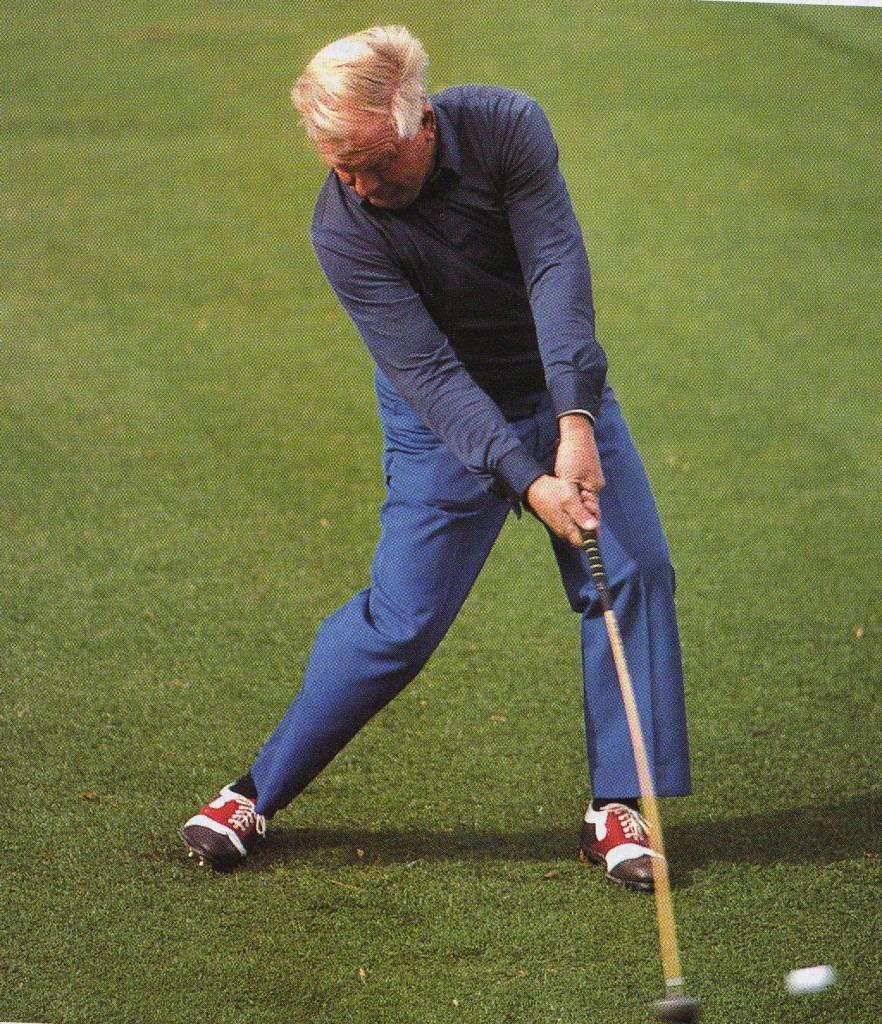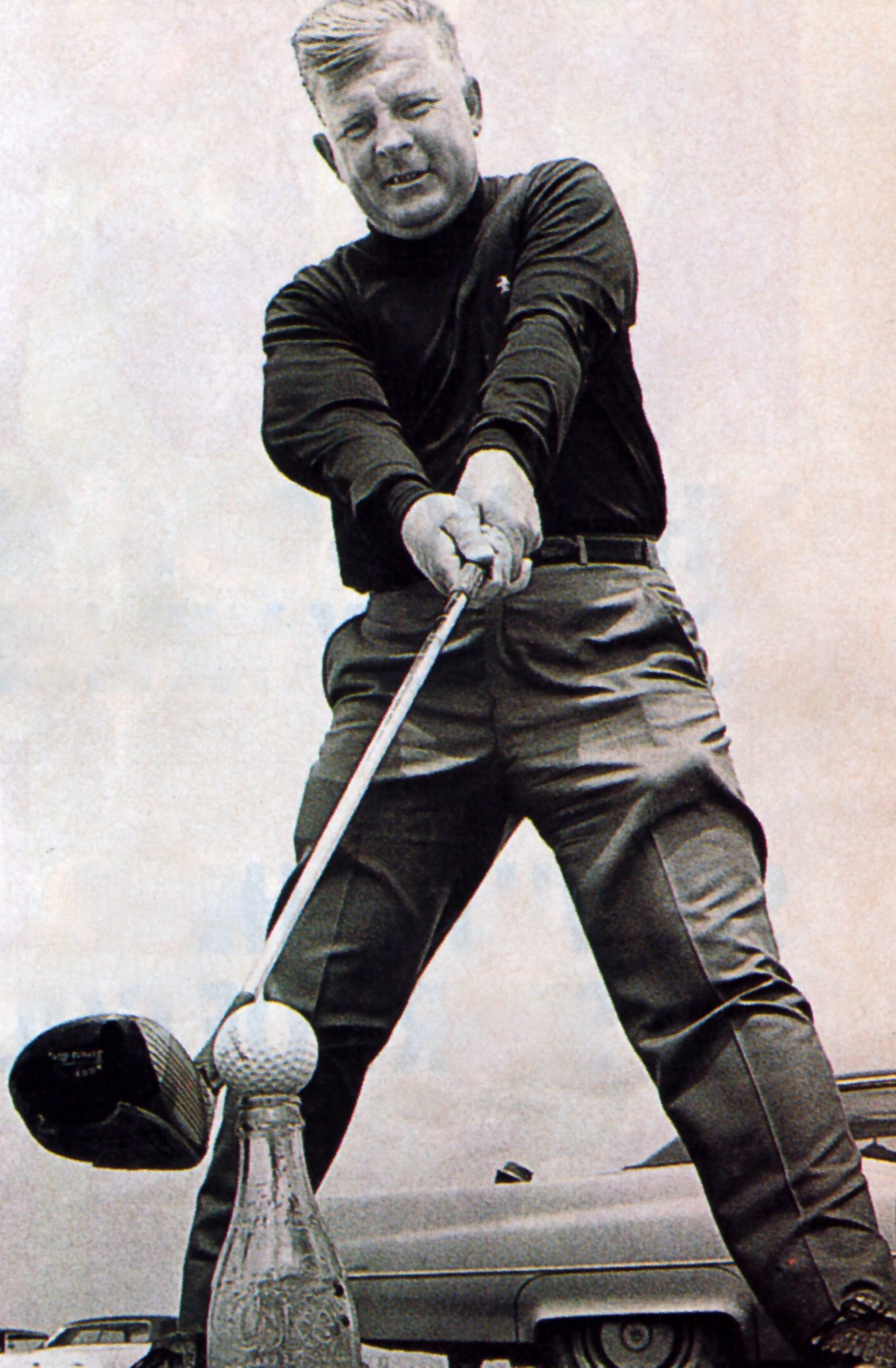http://davidpisarra.com/author/dpisarra66/page/3 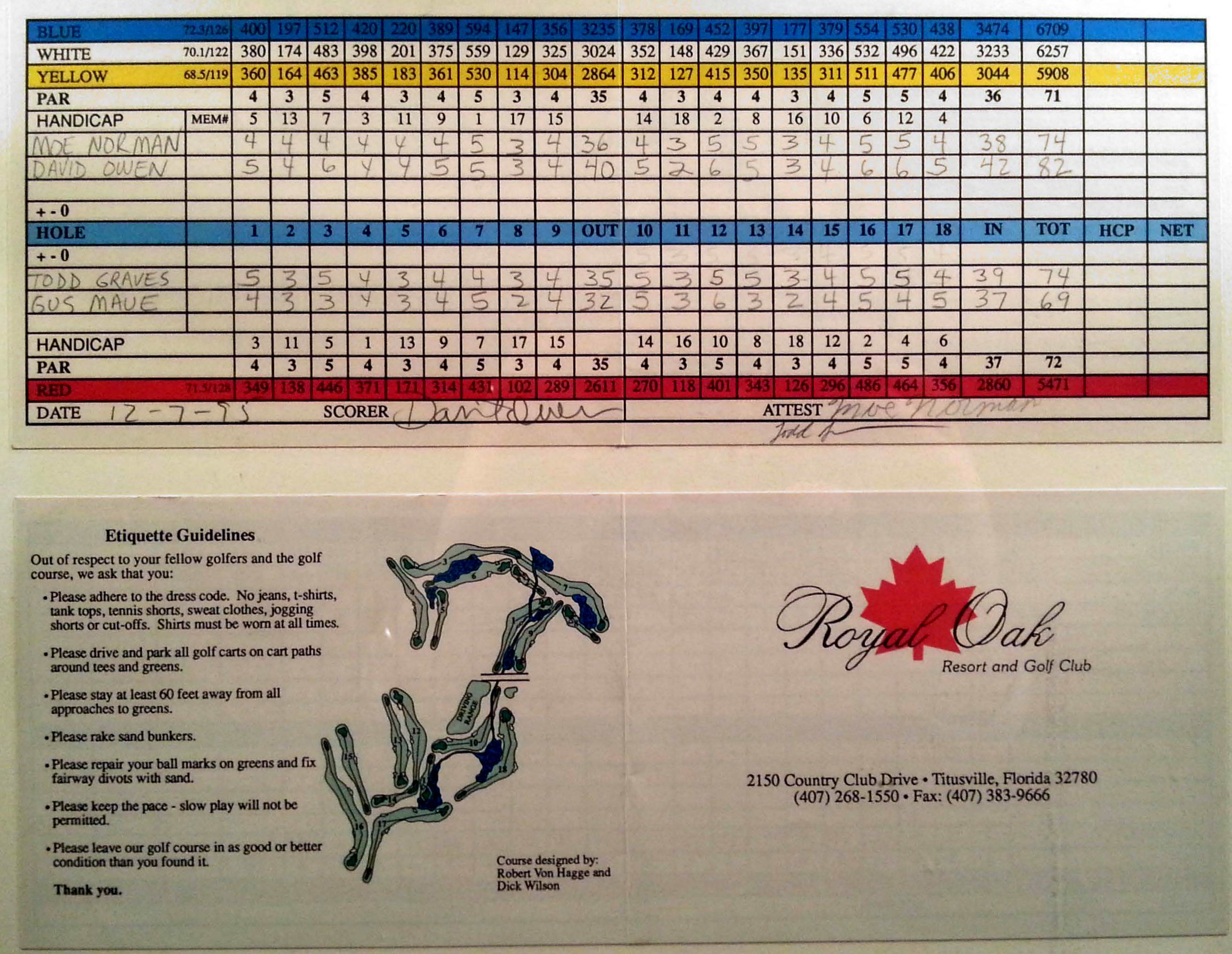
Many golfers nowadays look blank when you mention Moe Norman, who died in 2004, but to those who were lucky enough to see him play he was a legend. Lee Trevino ranked him with Ben Hogan and Byron Nelson as one of the greatest ball-strikers of all time. Paul Azinger first saw him hit balls on a driving range in Florida in 1980, when Azinger was in college. “He started ripping these drivers right off the ground at the 250-yard marker,” Azinger told Tim O’Connor, a Canadian sportswriter, “and he never hit one more than 10 yards to either side of it, and he hit at least 50.” In 2005, Tiger Woods told Jaime Diaz, now the editor of Golf World, that Norman and Hogan were the only two golfers in history who had “owned” their swing, and that one day he hoped to own his, too.
Despite such accolades, Norman spent much of his forty-year competitive career in obscurity and poverty. He played almost exclusively in Canada, where he was born, and made only a brief attempt, in 1959, to play on the American tour. He sometimes carried his own bag in tournaments, because he couldn’t afford a caddie, and he sometimes slept in bunkers on the courses where he competed. He often hitchhiked to and from tournaments, and he had to juggle his competitive schedule with a succession of dreary factory jobs, including one stitching rubber boots. He spent the winter before the 1956 Masters, to which he had been invited as the reigning Canadian Amateur champion, setting pins in a bowling alley for a few cents a line. For years, he supported himself partly by selling the prizes he won in amateur tournaments, and as his confidence increased he sometimes sold the prizes before the tournaments began. (According to friends, on at least five occasions he intentionally finished second because he hadn’t been able to find a taker for the first-place prize and had been forced to sell the second.) In the late nineteen-eighties, he was so broke that only the last-minute intervention of friends prevented a bank from repossessing his car.
I watched Norman hit golf balls on a practice tee at Foxwood Country Club, in Kitchener, Ontario, his hometown, in the fall of 1995, when he was sixty-six. He warmed up with a pitching wedge, although “warming up” doesn’t really describe any part of his routine: the first shot was perfect, the second was identical to the first, the third was identical to the second. Then he switched to his four-iron. His swing—to all appearances, an effortless half-swing—was the same as it had been with the wedge. “How far you hitting those?” a spectator asked. “One-eighty,” Norman said. The shots were within a couple degrees of dead straight, despite a stiff cross wind, unless he announced ahead of time that he was going to hit a draw or a fade. The divots were identical, and surreally shallow.)
He switched to his driver. If you had looked only at his arms and hands, you wouldn’t have known he wasn’t still swinging his wedge. He would watch each ball in the air a moment, then bend over and place another on the tee—and I mean place it. The tee never moved. “I hit balls, not tees,” he said. On a driving range once, he hit 131 drives in a row from the same tee without having to straighten it. In tournaments, he sometimes entertained galleries by hitting a drive from the mouth of the Coke bottle from which he had just been drinking.
In December, 1995, I got to play a round with Norman and his friends Gus Maue and Todd Graves (who calls himself Little Moe and teaches Norman’s highly unorthodox swing) at Royal Oak Resort and Golf Club, in Titusville, Florida. Royal Oak may no longer be a going concern—its website has been shut down for lack of payment—but in 1995 it was a favorite winter hangout of the Canadian P.G.A. The first hole was a 400-yard par 4, dogleg to the right. Maue, Graves, and I hit tee shots up the middle, and then Norman hit his over a row of trees to the right, toward a lake that ran the length of the hole. I thought, Hmmm—this is one of the greatest ball-strikers of all time? But it turned out that Norman always played the hole that way. There was a strip of grass, maybe ten yards wide, between the trees and the water, and from there he had an easy 9-iron to the green, while those of us in the fairway needed four-irons or five-irons.
Norman won his first tournament in 1949. “I didn’t know anything then,” he told me that day. “I didn’t even have a full set of clubs. Only had a driver, three-wood, three-iron, five-iron, seven-iron, nine-iron, and a putter. Didn’t even have a wedge. But one day everything fell into place and I shot a sixty-seven—four under.”
I said I was amazed he had played with so few clubs.
“Oh, I couldn’t afford them. Heck, when I was a kid you were lucky to have one club. And if you had a club your friends were always saying, Hey, can I use yours? Can I use yours? If someone had a driver we would hand it around—three of four guys playing together. If somebody had a nice putter, we all took turns putting with it. Goodness, back in 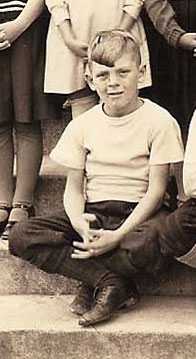 those days, there wasn’t a golf shoe in the foursome. And if the grass was wet your right foot would do a whirlwind, like a twist. But back then golf wasn’t a sport. It was just an exercise game. In fact, I was called a sissy by my father and my brothers, right at dinner. They would make big ears at me and call me a sissy. ‘Come on, play a man’s game,’ my father used to say. ‘Play baseball, or hockey—do like your brothers.’ I said, ‘No, Dad, I’m too light.’ I was a little skinny kid then, not over a hundred and thirty pounds, and I couldn’t play any other sport and be good at it, so I kept playing golf. But I had to hide my clubs under the front porch. My father was fat and I was real skinny, so I could dig a hole that he couldn’t get his head through but I could get my body through, and if I would push my clubs in far enough he couldn’t reach them.”
those days, there wasn’t a golf shoe in the foursome. And if the grass was wet your right foot would do a whirlwind, like a twist. But back then golf wasn’t a sport. It was just an exercise game. In fact, I was called a sissy by my father and my brothers, right at dinner. They would make big ears at me and call me a sissy. ‘Come on, play a man’s game,’ my father used to say. ‘Play baseball, or hockey—do like your brothers.’ I said, ‘No, Dad, I’m too light.’ I was a little skinny kid then, not over a hundred and thirty pounds, and I couldn’t play any other sport and be good at it, so I kept playing golf. But I had to hide my clubs under the front porch. My father was fat and I was real skinny, so I could dig a hole that he couldn’t get his head through but I could get my body through, and if I would push my clubs in far enough he couldn’t reach them.”
I wrote about Moe Norman in Golf Digest in 1995, and you can read that story here. The date in the opening anecdote is wrong, since Porky Oliver died in 1961. But other than that. . . .

